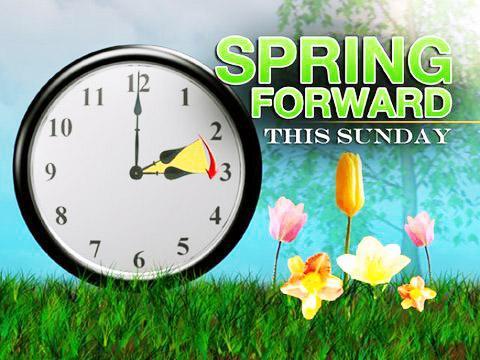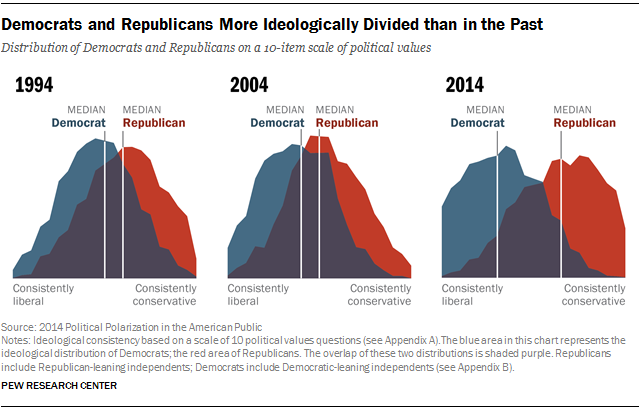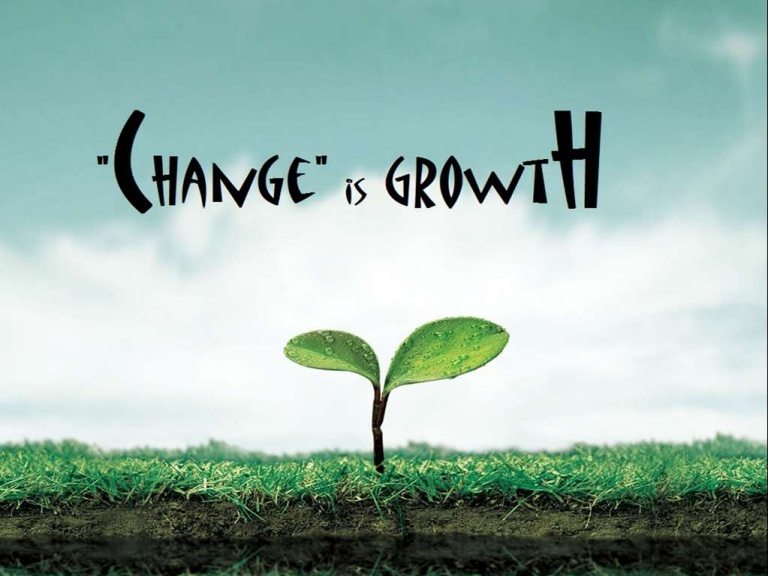

77 in 2004.Ībramowitz argues that it’s the engaged citizen who matters when it comes to elections. For the politically engaged the correlation rose from.

Among all voters in 1972 the correlation between ideology and party identification was.32. And if some voters are turned off it seems many more are energized.Ĭhapter 3 Partisan-Ideological PolarizationĪs the electorate has become more educated it has become more ideological.

When party leaders become more polarized so does the public. In sum, the American public is diverse in its level of engagement. As policy differences diverge citizens fear wasting their vote. But the increasing polarization of the parties means that third party candidates are less viable. Only 15% of Perot supporters identified strongly with either party proving that a third party candidate can indeed engage true independents and moderates. As the partisan gulf has grown those citizens with partisan-ideological tendencies perceive more is at stake and thus become more engaged than moderates.Ībramowitz asks if moderate activism is possible. Ideological polarization among elites seems to have encouraged more engagement among the electorate. But says Abramowitz, data from ANES (American National Election Studies) surveys since the 1960s reveal that far from being turned off by politics the American Public is more engaged and informed than at any time in the past 50 years. This notion endures today notably in the work of Morris Fiorina who thinks the American electorate is largely unmoved by the disputes animating political elites. In his seminal study from the 1950s, “The Nature of Belief Systems in Mass Publics”, Philip Converse concluded that in America ideological thinking was confined to an elite. But the American constitution is anti-majoritarian-the minority party can easily frustrate the majority’s agenda. It has energized the electorate and created clear choices between candidates, however, many observers think polarization is alienating moderates.Moreover the ideological sorting of the parties has brought us closer to the British model of responsible party government (in which the majority party implements its program unimpeded). He tried to reach out to Republicans but the “ideological chasm between the parties was simply too wide to bridge.” It appears polarization is here for the foreseeable future. In 2008 Obama promised to change the partisan ways of Washington. The most recent roots of that polarization can be traced to Nixon’s southern strategy, Reagan’s “ courtship of conservative Democrats”, Newt Gingrich’s takeover of the Republican Party, and the Clinton impeachment battle. President Bush had become a polarizing figure: “Very few voters were ambivalent.” But Bush was the product of an pre-polarized party system. The center is disappearing.įor Abramowitz polarization is not confined to a political elite, indeed: “The central argument of this volume is that “there is no disconnect between the political elite and the American people.” But the fact that the American electorate is more engaged than ever “can only be a good thing for American democracy.”Ĭhapter 1 Polarization in the Age of ObamaĪbramowitz notes the increased partisanship of the 2004 presidential race. Moderates are the least informed and least engaged segment of the electorate. Our most informed and engaged citizens are polarized partisans. Abramowitz is a Professor of Political Science at Emory University He emphasizes the need to distinguish the engaged from the disengaged citizen.Īlan I. In The Disappearing Center Professor Abramowitz investigates the degree of polarization among the American electorate, charting the rise of “partisan-ideological” politics and the demise of the political center. Abramowitz, The Disappearing Center: Engaged Citizens, Polarization, & American Democracy, Yale, 2010.


 0 kommentar(er)
0 kommentar(er)
